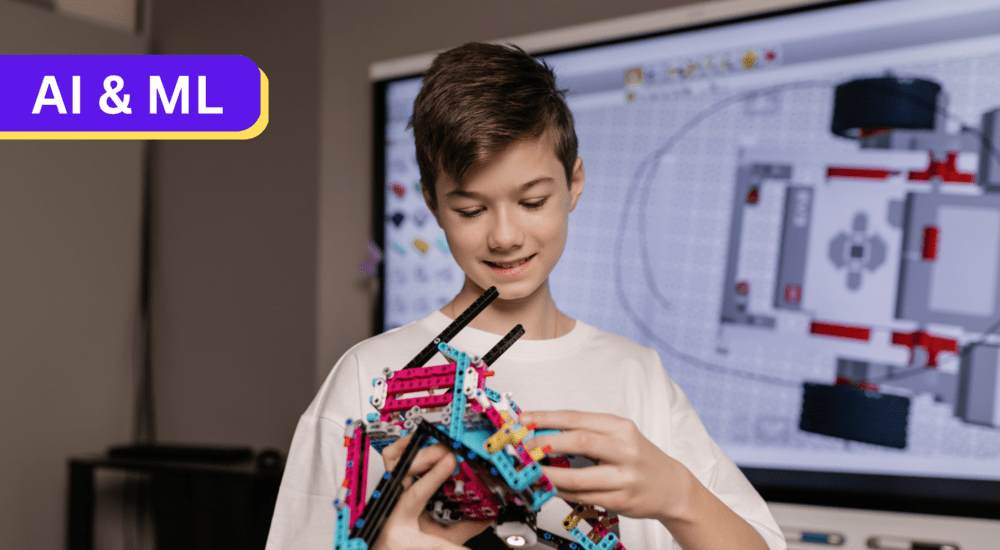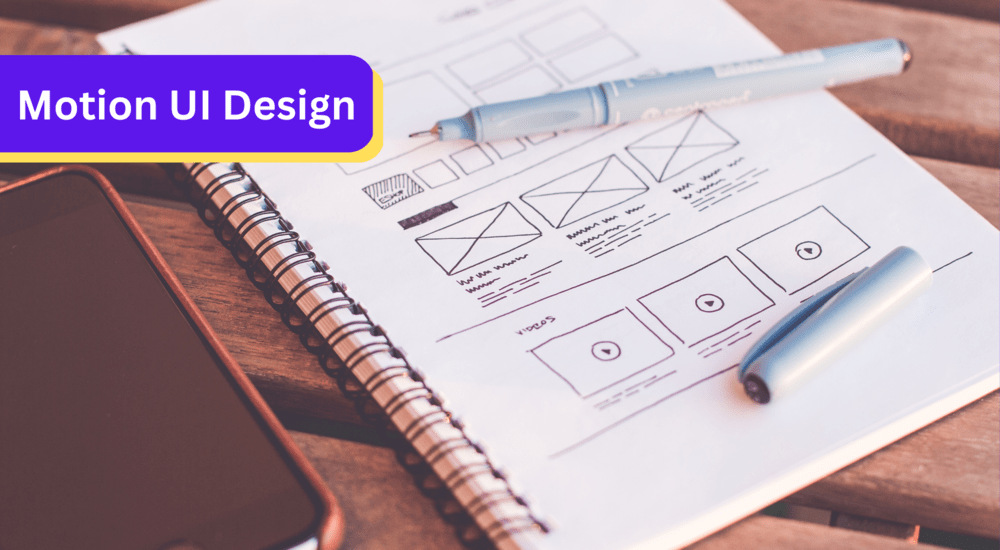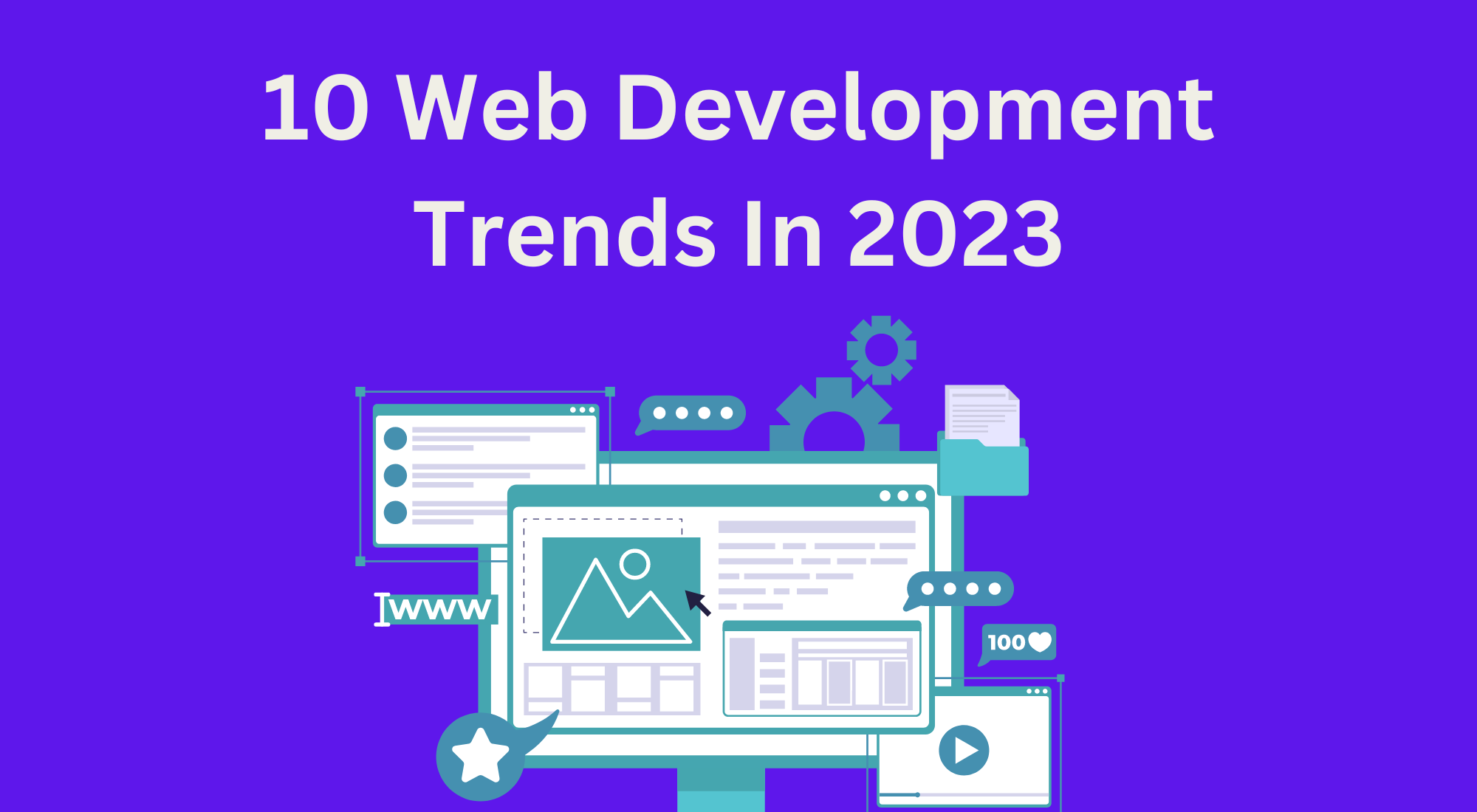As the world becomes increasingly digitized, web development is evolving at a rapid pace. The internet is no longer just a tool for communication and entertainment but also a platform for business, education, and social interaction. In 2023, we can expect to see new trends in web development that will shape the way we interact with websites and applications. Here are the top 10 web development trends to watch out for in 2023.
1. Artificial Intelligence (AI) and Machine Learning (ML)
Top most trending developments are happening in AI & ML segment covering major portion of tech industry these days and is being seen as the future of tech. AI and ML are transforming the way we interact with the internet. In 2023, we can expect to see more websites and applications that use AI and ML to personalize the user experience, automate repetitive tasks, and provide more accurate recommendations.
AI and ML are revolutionizing the way we live and work, improving efficiency, accuracy, and personalization. From healthcare to finance, the applications of AI and ML are vast and diverse. As technology continues to advance, we can expect to see even more exciting developments in the field of AI and ML, shaping the way we interact with technology in the future.

Applications of AI and ML The applications of AI and ML are vast and diverse, including:
- Natural Language Processing (NLP): NLP is a branch of AI that focuses on the interaction between computers and human languages. NLP is used in chatbots, virtual assistants, and voice recognition systems.
- Image and Video Analysis: AI and ML can analyze images and videos to identify objects, people, and events, making them useful in surveillance, security, and entertainment.
- Fraud Detection: AI and ML can analyze data and identify patterns of fraudulent behavior, making them useful in finance and banking.
- Autonomous Vehicles: AI and ML can be used to develop self-driving cars and other autonomous vehicles, improving safety and reducing accidents.
- Personalized Marketing: AI and ML can analyze user data to provide personalized recommendations and advertisements, improving user engagement and conversion rates.
2. Blockchain Technology
Blockchain technology is one of the most promising and exciting developments in recent years. It is a distributed ledger technology that allows secure and transparent transactions without the need for intermediaries like banks or governments. In this article, we will explore what blockchain technology is, its benefits, and its potential applications.

Benefits of Blockchain Technology The benefits of blockchain technology are numerous, including:
- Transparency: Blockchain technology allows for transparent transactions, making it easier to track and verify the authenticity of transactions.
- Security: Blockchain technology uses cryptography to secure transactions, making it virtually impossible to hack or manipulate the system.
- Decentralization: Blockchain technology is decentralized, meaning that it does not rely on a single authority or institution to manage transactions.
- Efficiency: Blockchain technology enables faster and more efficient transactions, reducing the need for intermediaries and reducing transaction fees.
- Traceability: Blockchain technology allows for the traceability of goods and services, making it useful in supply chain management and logistics.
3. Augmented Reality (AR) and Virtual Reality (VR)
Augmented Reality (AR) and Virtual Reality (VR) are two technologies that have been gaining increasing popularity in recent years. Both AR and VR have the potential to transform many industries, including gaming, education, and healthcare. In this article, we will explore what AR and VR are, their benefits, and their potential applications.

Benefits of AR and VR The benefits of AR and VR are numerous, including:
- Enhanced user engagement: AR and VR can create immersive and interactive experiences that enhance user engagement.
- Training and education: AR and VR can be used for training and education, providing a realistic and safe environment for learning.
- Improved productivity: AR and VR can be used to visualize and interact with data, improving productivity and decision-making.
- Entertainment: AR and VR can be used for gaming and other forms of entertainment, providing an immersive and interactive experience.
- Healthcare: AR and VR can be used for medical training, patient education, and therapy, providing a safe and effective environment for treatment.
4. Chatbots
Chatbots are computer programs that use artificial intelligence (AI) to simulate human conversation. They can be programmed to respond to specific keywords or phrases, providing a personalized experience for the user. Chatbots can be used in messaging apps, websites, or standalone applications.
Chatbots have become increasingly popular in recent years, providing a new way for businesses to communicate with their customers. A chatbot is a computer program that simulates human conversation, allowing users to interact with it through messaging or speech. In this article, we will explore what chatbots are, their benefits, and their potential applications.
5. Progressive Web Apps (PWAs)
Progressive Web Apps (PWAs) are web applications that use modern web technologies to provide a native-like experience for users. PWAs can be installed on a user’s device, providing quick and easy access to the application without the need to download it from an app store. PWAs are designed to work offline, providing a seamless experience for users even when they are not connected to the internet.
The benefits of PWAs are numerous, including:
- Cross-platform compatibility: PWAs are designed to work across different devices and platforms, providing a consistent experience for users.
- Accessibility: PWAs are accessible through a web browser, eliminating the need to download an app from an app store.
- Speed: PWAs are designed to be fast and responsive, providing a more engaging user experience.
- Offline support: PWAs can work offline, providing a seamless experience for users even when they are not connected to the internet.
- Discoverability: PWAs can be easily discovered through search engines, providing more visibility for businesses.
Also Read :: Top 5 Helpful React Frameworks For Front-end
6. Voice Search Optimization (VSO)
Voice Search Optimization (VSO) is the process of optimizing a website’s content for voice search queries. VSO involves making changes to a website’s content, structure, and technical elements to make it more easily accessible to virtual assistants and voice search technologies. VSO aims to ensure that a website’s content is easily discoverable and accessible to users who use voice search to find information.
Voice search is rapidly becoming one of the most popular ways for people to search for information online. With the rise of virtual assistants like Siri, Alexa, and Google Assistant, more and more people are using their voices to search for information instead of typing. This means that businesses need to optimize their websites for voice search in order to remain competitive. In this article, we will explore what voice search optimization is, its benefits, and how businesses can optimize their websites for voice search.
7. Motion UI Design
Motion UI Design involves the use of animations, transitions, and other dynamic effects to enhance the user experience of a website or mobile application. It involves using motion to communicate information, provide feedback, and guide users through the user interface.
Motion User Interface (UI) Design is a rapidly growing trend in the world of digital design. It involves incorporating motion and animation into the user interface of a website or mobile application to create a more engaging and intuitive user experience. In this article, we will explore what Motion UI Design is, its benefits, and how businesses can incorporate it into their design strategies.

How you can Incorporate Motion UI Design into Your Design Strategy There are several ways businesses can incorporate Motion UI Design into their design strategies, including:
- Focus on purpose: Motion should be used to enhance the user experience, not to simply add visual interest. Therefore, businesses should focus on incorporating motion that serves a specific purpose, such as providing feedback or guiding the user through the user interface.
- Keep it simple: Motion should be simple and easy to understand. Overly complex animations or transitions can confuse users and detract from the user experience.
- Use meaningful transitions: Transitions between screens or elements should be meaningful and purposeful, rather than simply decorative.
- Test and iterate: Like any design element, Motion UI Design should be tested and iterated to ensure it is effective and well-received by users.
Also Read :: 10 Tips to Improve your CSS Skills Fast & Easy
8. Progressive Web AMPs (PWAMPs)
PWAs are web applications that provide a native app-like experience to users. They can be accessed through a web browser and offer several benefits, including offline functionality, push notifications, and the ability to install to a user’s home screen.
AMPs, on the other hand, are web pages that are optimized for lightning-fast loading speeds on mobile devices. They are stripped-down versions of traditional web pages, with streamlined HTML, CSS, and JavaScript, and are designed to load instantly.
How do PWAMPs work?
PWAMPs combine the best of both worlds by leveraging the fast-loading capabilities of AMPs and the native-like experience of PWAs. PWAMPs are essentially PWAs that are built using AMP technology, which means they load instantly and provide a seamless user experience.
PWAMPs are designed to provide a fast, smooth, and reliable user experience, regardless of the device or network connection speed. They are lightweight, optimized for mobile devices, and are built with a focus on delivering a lightning-fast experience.
9. Internet of Things (IoT)
The Internet of Things (IoT) has revolutionized the way we interact with technology, connecting everyday devices and objects to the internet and each other. As the number of IoT devices continues to grow, businesses are looking for ways to integrate them into their existing systems and processes. IoT integration involves connecting these devices to a network and using them to collect data, automate processes, and improve efficiency. In this article, we will discuss the benefits and challenges of IoT integration, as well as best practices for successful implementation.
10. Cybersecurity
In today’s digital age, cybersecurity is more important than ever. With the increasing amount of sensitive information stored online and the rise of cybercrime, protecting data and systems from malicious attacks is essential. In this article, we will discuss the importance of cybersecurity, common cyber threats, and best practices for staying secure.
Importance of Cybersecurity Cybersecurity is crucial for several reasons, including:
- Protecting Sensitive Information: Cybersecurity protects sensitive information such as financial data, personal information, and intellectual property from falling into the wrong hands.
- Preventing Financial Loss: Cyber attacks can cause financial loss to businesses and individuals. Cybersecurity measures help to prevent financial loss by securing systems and networks.
- Maintaining Trust: A cyber attack can erode trust between a business and its customers. Cybersecurity measures help to maintain trust by ensuring the security and confidentiality of sensitive information.
- Legal and Regulatory Compliance: Many industries are subject to legal and regulatory compliance requirements. Cybersecurity helps to ensure compliance with these requirements.







